PORTLAND, Ore., – New research from AAA shows that Automatic Emergency Braking (AEB) works better now in new vehicles than it did a few years ago. In AAA testing, new (2024) model vehicles with automatic emergency braking avoided 100% of forward collisions when tested at speeds up to 35 mph, in comparison to older (2017 – 2018) model vehicles, which only avoided collisions 51% of the time at speeds up to 35 mph.
AAA crash test B-roll video: https://youtu.be/O3zPMcO5Bnw https://youtu.be/eRvme4lpcRw
Photos from the AAA testing are below.
AEB uses forward-facing cameras and other sensors to automatically tell the car to apply the brakes when a crash is imminent. At slower speeds, it can prevent rear-end crashes, or make them less severe by reducing the vehicle’s speed before impact.
Most new vehicles are equipped with AEB, but earlier this year, the National Highway Traffic Safety Administration (NHTSA) issued a new Federal Motor Vehicle Safety Standard (FMVSS) requiring automakers to include AEB in their vehicles by 2029.
Over the last decade, AAA has evaluated various advanced driver assistance systems, including AEB, to determine if the technology performs as expected. While these systems continue to be refined with upgraded software and sensors, AAA wanted to see if AEB functionality has improved when compared to older versions.
“We began testing AEB in 2014, and the technology has become much better since then. Our research shows that AEB is effective in preventing crashes at lower speeds up to 35 mph. However, more work needs to be done to ensure AEB works at higher speeds and in other driving scenarios, such as intersections,” says Marie Dodds, public affairs director for AAA Oregon/Idaho.
AAA Testing of AEB
AAA, in partnership with the Automobile Club of Southern California’s Automotive Research Center, conducted research in a closed-course, simulated environment to evaluate the performance progression of AEB systems on older model vehicles (2017 – 2018) compared to new (2024). Old and new test vehicles of the same make and model were evaluated at three common speeds (12 mph, 25 mph, and 35 mph) to see how well they performed in a forward collision. Find out more in the full report.
Results
New model vehicles (2024) were nearly twice as likely to avoid a collision as older model vehicles (2017 – 2018) when tested at speeds up to 35 mph, which aligns with current safety standards requiring AEB to work up to this same speed.
AAA testing shows that the AEB systems in vehicles have improved dramatically in the last few years. The newest models were capable of avoiding potential collisions altogether at slower speeds. This improvement in AEB technology is a promising development that significantly reduces the risk of collisions on the road.
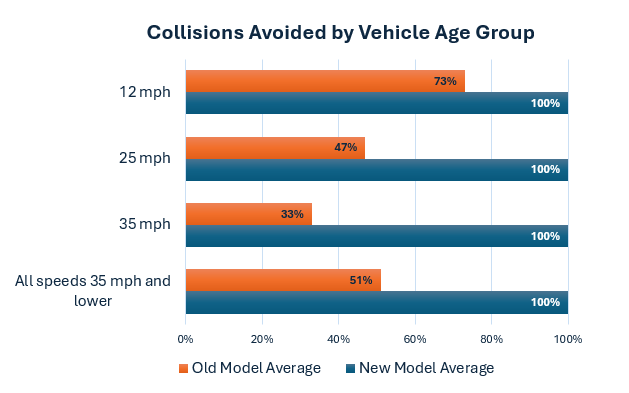
What happens at higher speeds?
According to data collected by the Federal Highway Administration, a majority of total miles driven in the U.S. occur at higher speeds (above 35 mph).
AAA testing shows that AEB doesn’t work well at higher speeds. AAA engineers added test scenarios to assess the limits of current AEB systems at higher speeds. Three out of four vehicles evaluated avoided a collision at 45-mph. For those vehicles that avoided a collision at 45 mph, the test speed was increased to 55 mph. None of the remaining test vehicles avoided a collision at 55 mph.
AAA’s advice for drivers
It’s critical for drivers to know that while the latest AAA testing shows that AEB works well at slower speeds up to 35 mph, this technology struggles at higher speeds and does not perform well in all driving scenarios, such as detecting moving vehicles in its path at intersections.
- The progression of these systems is improving and performing as intended. Having these systems in your vehicle can help prevent collisions.
- Never rely solely on technology to apply the brakes. AEB systems are not a replacement for an attentive driver as they only work in limited driving scenarios.
- Be aware of the limitations of an AEB system and stay engaged while driving. Maintain focus, even when driving vehicles equipped with advanced safety features.
- Engaging in risky driving behaviors such as speeding, texting, driving while drowsy or distracted, or driving under the influence of cannabis, alcohol or other substances significantly increases the risk of a collision. Remember to stay alert, comply with speed limits, keep your smartphone out of reach, and only drive when sober.
“The takeaway from our AAA research is that Automatic Emergency Braking works well in new vehicles at speeds of 35 miles an hour and slower. The technology doesn’t work so well at higher speeds and in older vehicles,” says Dodds. “Automatic Emergency Braking is meant to enhance an engaged driver, not take over the task of driving. “Drivers need to be aware of the limitations these systems have, and not depend on AEB and other technologies to avoid collisions. There is still no technology that works 100% of the time in preventing crashes.”
Bottom Line
The AAA test results highlight the importance of continued AEB improvements. A NHTSA rule released earlier this year requires new vehicles to avoid a forward collision at speeds up to 62 mph by 2029.
Encouraged by the new NHTSA ruling, AAA offers the following advice to industry:
- Continued Development of Advanced AEB Systems: Automakers should prioritize developing AEB systems for high-speed scenarios like those in the new FMVSS 127. These systems have already displayed significant efficacy in preventing collisions up to 35 mph.
- Enhance Forward Collision Warning (FCW) Alerts: If FCW systems offer earlier alerts, they can provide drivers with additional reaction time, decreasing the sole reliance on AEB systems. This approach can establish a more cooperative safety mechanism where both the driver and the vehicle collaborate to prevent collisions.
- Research and Development for High-Speed Scenarios: Ongoing investment in research and development is crucial for improving the effectiveness of AEB systems at higher speeds. This involves advancing sensor technologies, optimizing braking algorithms to minimize false positives, and undertaking comprehensive real-world testing to meet updated regulatory requirements and guarantee safety at higher speeds.
Methodology
In partnership with the Automobile Club of Southern California’s Automotive Research Center, AAA tested early and late model vehicles from the same automaker evaluated back-to-back on the same day to eliminate any testing bias.
AAA selected older and new vehicles of these makes and models:
2017 Jeep Cherokee
2024 Jeep Cherokee
2018 Nissan Rogue
2024 Nissan Rogue
2018 Subaru Outback
2024 Subaru Outback
Vehicles were driven on a closed-course roadway with a DRI Soft Car 360® positioned at the end of the course, with the rear facing the subject vehicle.
Test runs were done at 12 mph, 25 mph, 35 mph, 45 mph and 55 mph.
Please refer to the full report for details on the methodology, including specific testing equipment and test track characteristics.
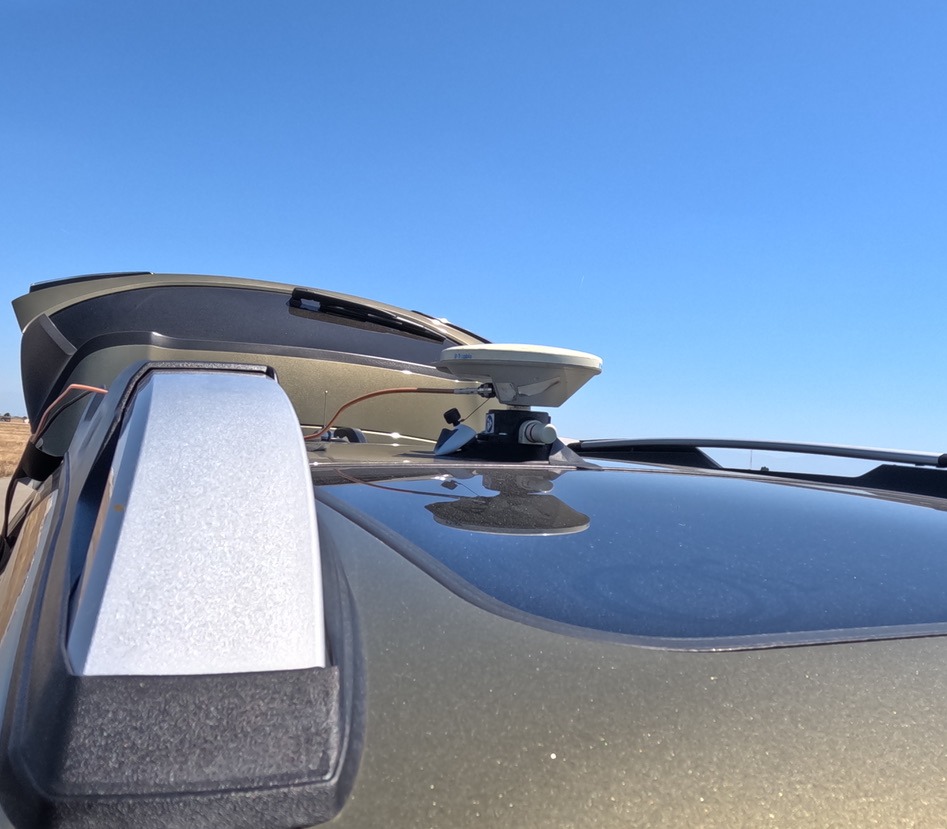

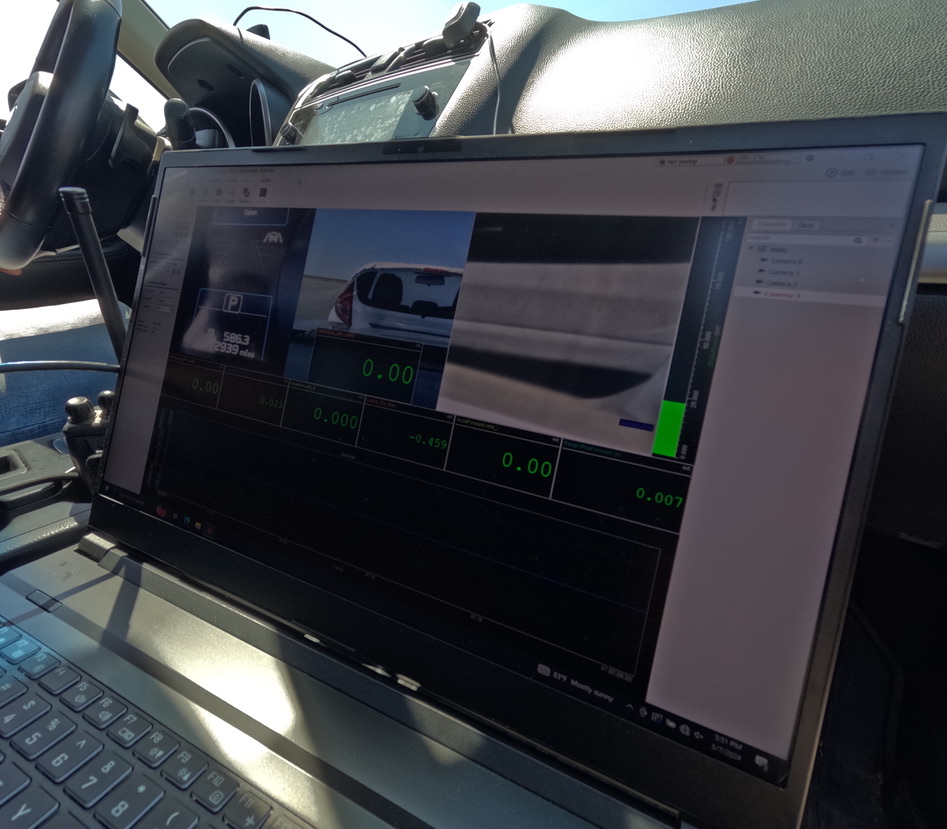
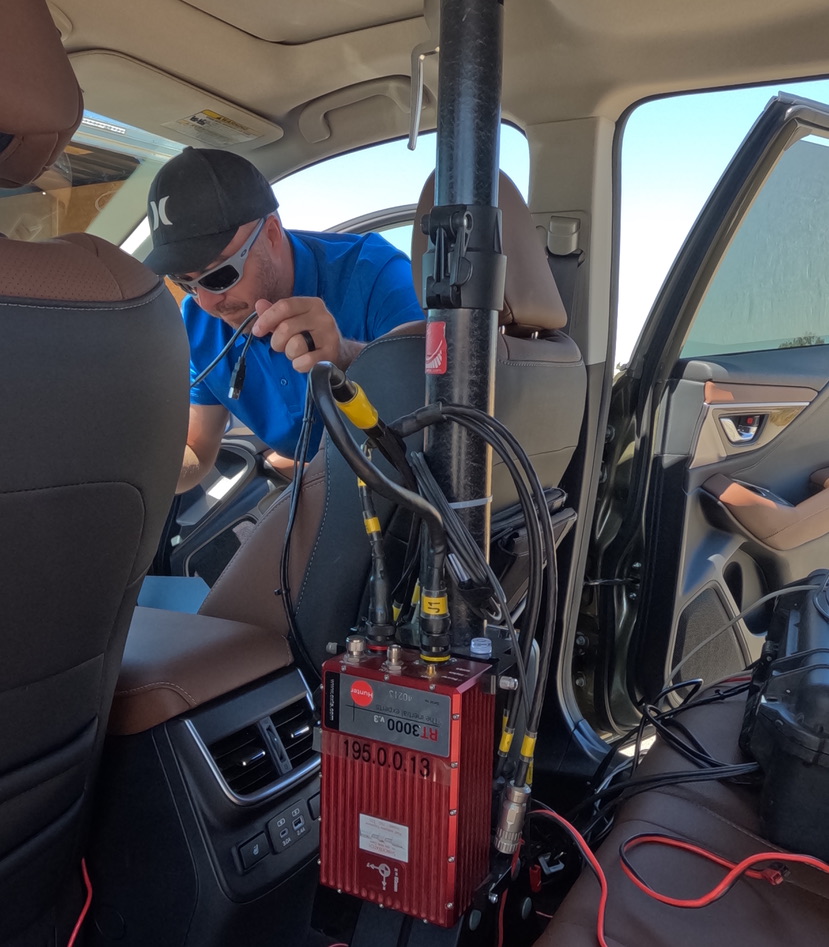

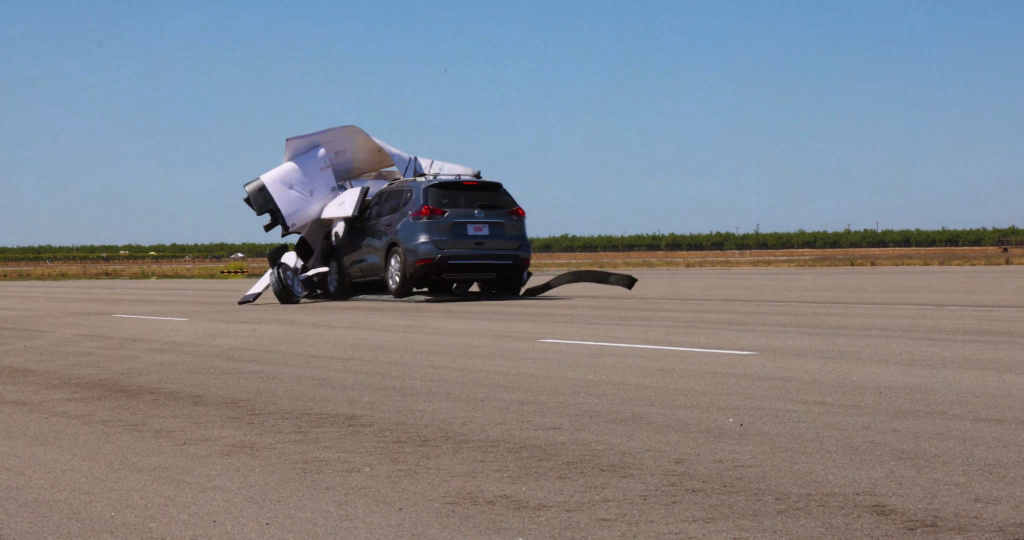
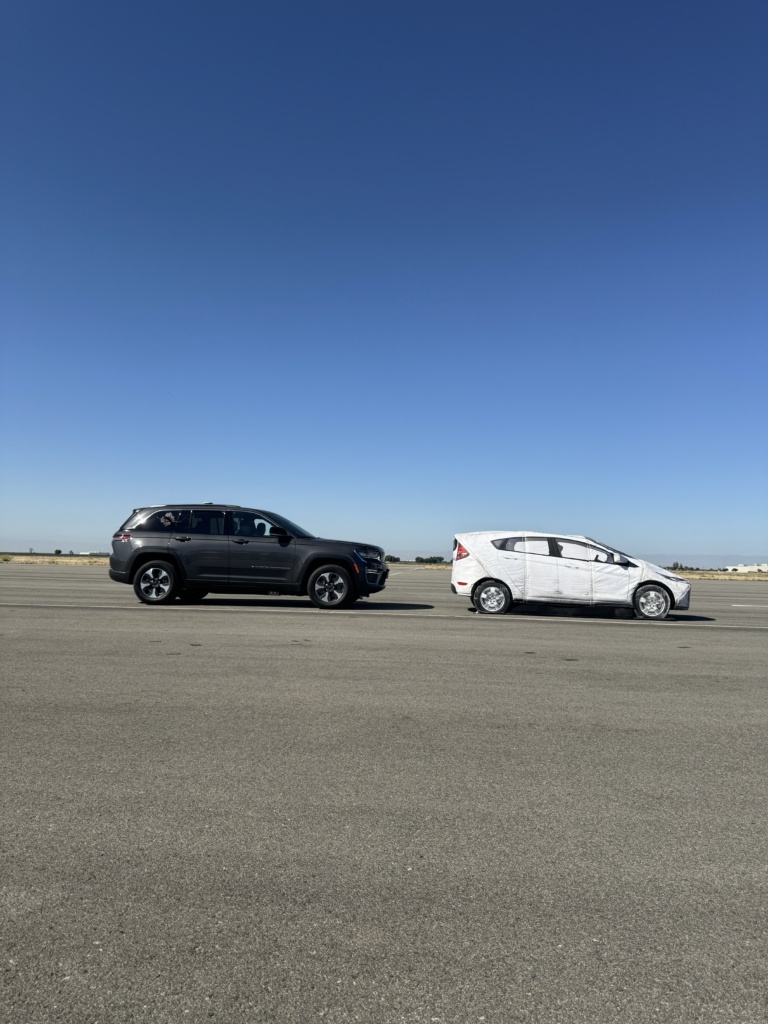
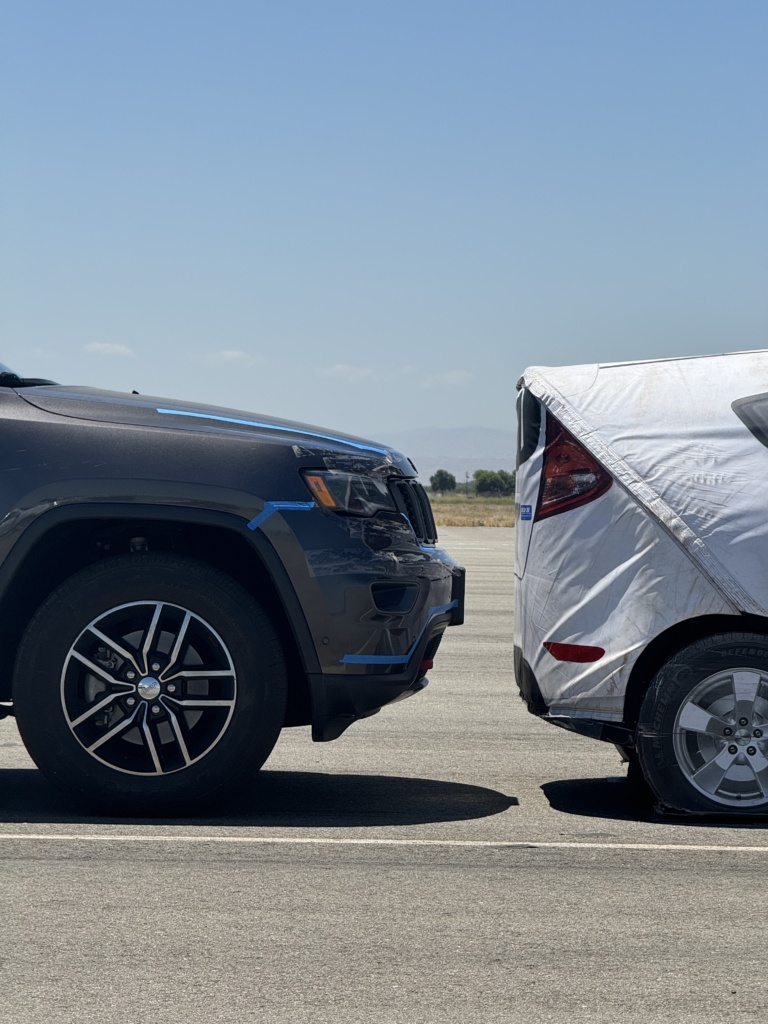
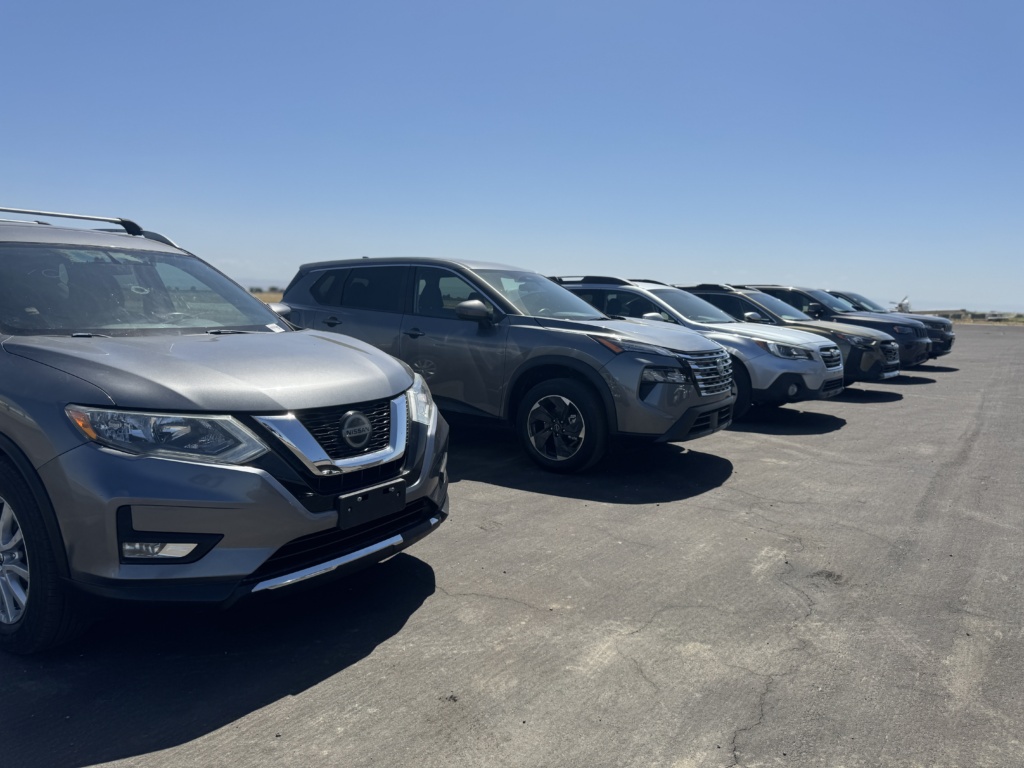
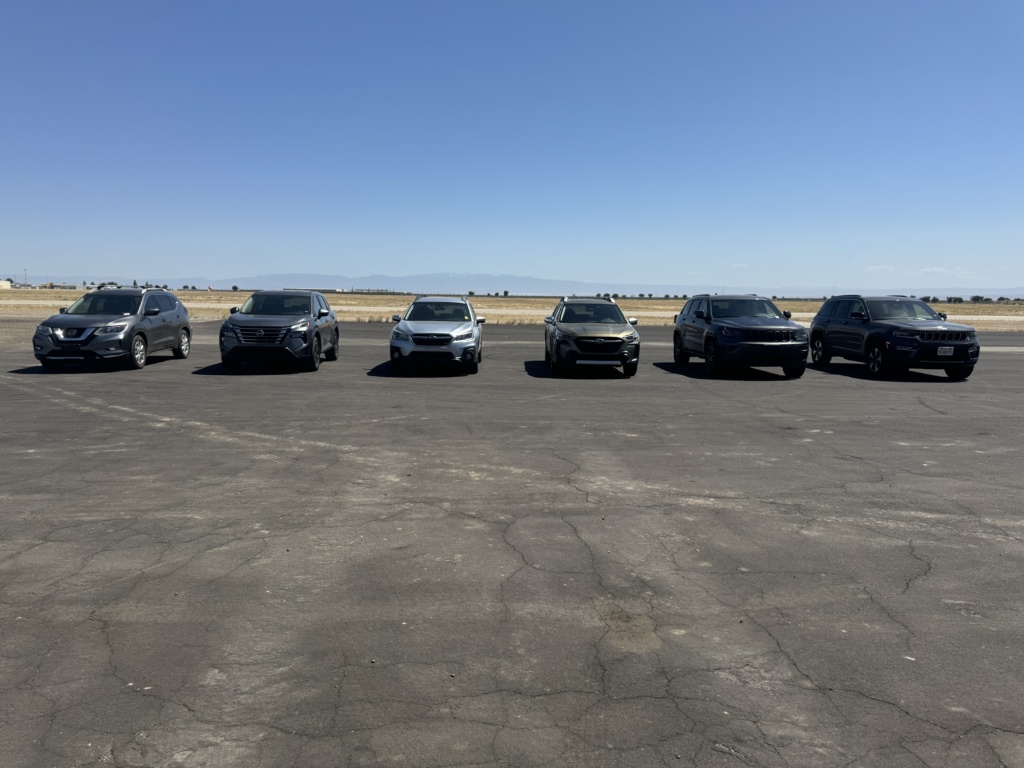
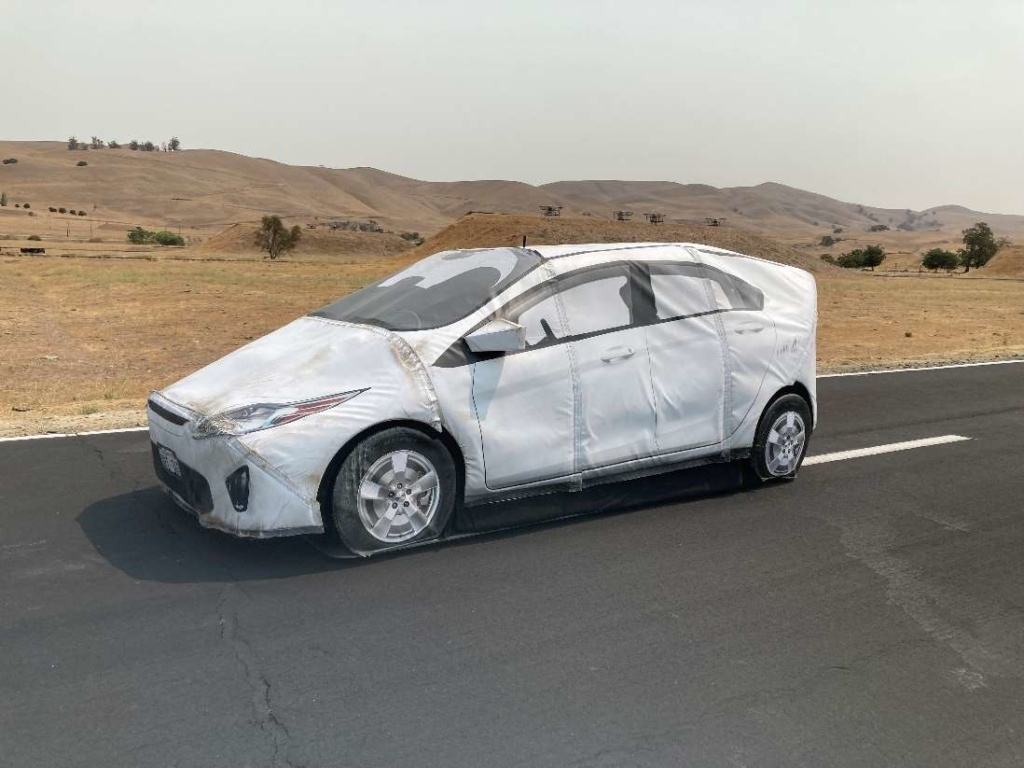
AAA news releases, high resolution images, broadcast-quality video, fact sheets and podcasts are available on the AAA NewsRoom at NewsRoom.AAA.com.
Find local news releases at https://oregon.aaa.com/community/media/media-contacts.html
For more info go www.AAA.com. AAA Oregon/Idaho provides more than 910,000 members with travel, insurance, financial and automotive-related services, and is an affiliate of AAA National, serving more than 65 million members in North America.

